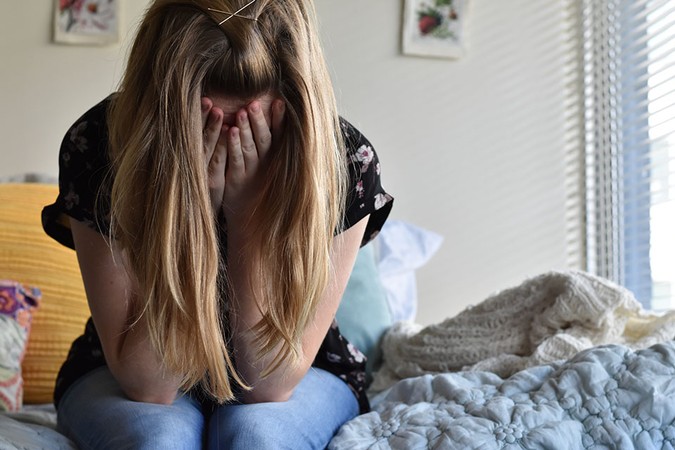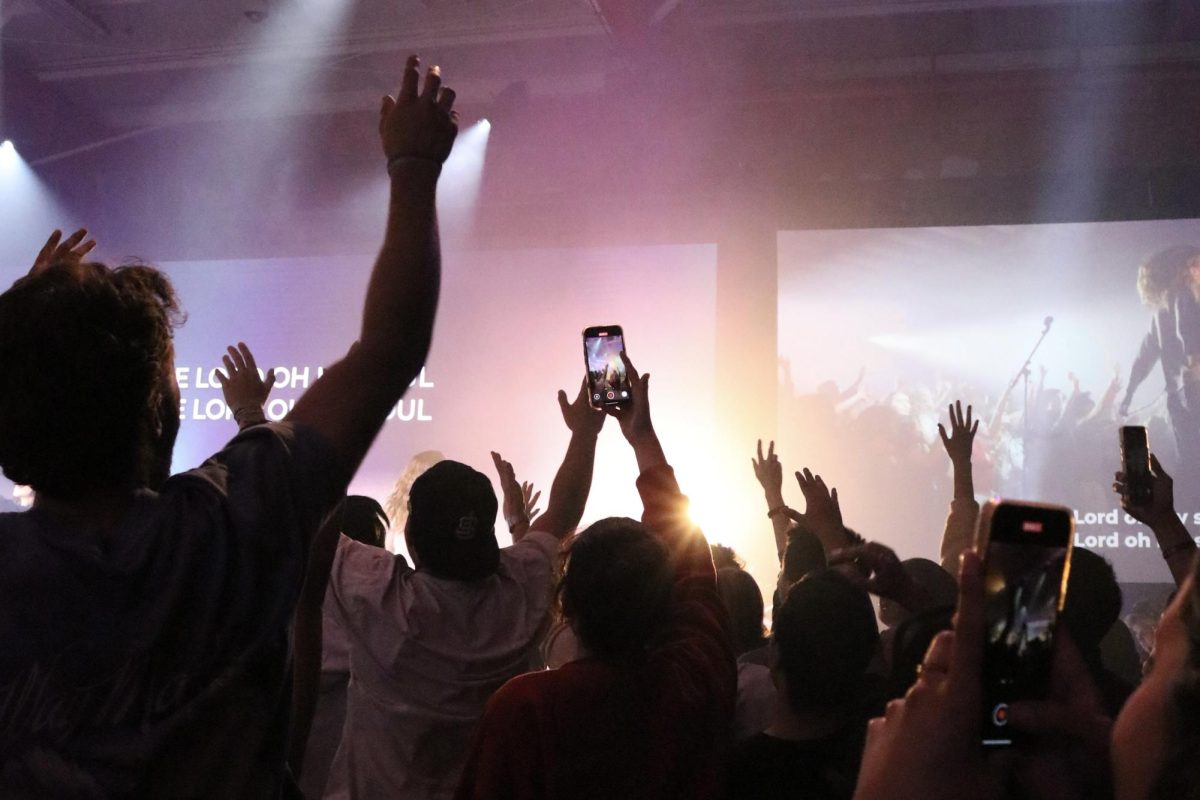“There are lies, damned lies and statistics,” the well-known American author Mark Twain once wrote concerning the persuasive force of generalizing numbers. Over the past few weeks during sexual assault awareness month, Metzger Lawn hosted an It’s On Us display featuring the visual representation of sexual assault statistics from the federal government organization. Those passing by would have noticed two signs—one displaying the startling statistics that one in five women would experience sexual assault during their undergraduate education, and the other sign declaring Biola was no exception.
However, while anyone sensible and compassionate believes sexual assault is a grave concern for our university and should be prevented, must we believe the inaccurate sexual assault statistics and the accusation against Biola.
STUDYING A STUDY’S STATISTICS
According to It’s On Us, twenty percent of women are sexually assaulted in college. But where do those statistics come from? The most recent results stem from a study conducted by the Association of American Universities. However, the results of the study have been deceptively extrapolated, leading even the AAU to write in its executive summary:
“[M]any news stories are focused on figures like ‘1 in 5’ in reporting victimization. As the researchers who generated this number have repeatedly said, the 1 in 5 number is for a few IHEs [Institutions of Higher Education] and is not representative of anything outside of this frame. The wide variation of rates across IHEs in the present study emphasizes the significance of this caveat.” Put another way, given the extreme variance from university to university, the AAU argues that the 20 percent average applies only to the universities surveyed, but cannot be fairly projected onto other universities.
Across 27 institutions of higher education, the range for nonconsensual sexual contact involving force or incapacitation among females ranged from 13 percent to 30 percent. The concern with such a wide discrepancy is that the 20 percent average would be wildly inaccurate in predicting sexual assault at institutions of higher education.
WHAT CAN BE LEARNED FROM THIS STUDY?
Though the “1 in 5” motto is inaccurate, the study is not without merit. There are three significant findings.
First, as the study writes, “One of the more important risk factors for nonconsensual sexual contact is the use of alcohol and drugs.” According to California law, sexual consent strictly requires affirmative consent by both persons and also that both persons are capable of giving consent. Intoxicated or incapacitated persons involved in sexual contact is de facto sexual assault.
Second, “the most serious types of nonconsensual sexual contact, due to physical force or incapacitation, decline from freshman to senior year.” One of the most noticeable trends from this study is that freshmen remain more ignorant of the situations that may lead to instances of sexual assault.
Lastly, the study examined who reports and why. The leading reasons for not reporting sexual assault were both because the victim didn’t think the incident was serious enough or because the victim felt too embarrassed. This happened despite more than half of those who participated in the study believed that their report would “likely or very likely conduct a fair investigation,” and that “their experience with the agency was very good or excellent.” However, they also reported “only about a quarter of the students believed they are knowledgeable about the resources available related to sexaul assault and misconduct.”
ACCUSING BIOLA OF SEXUAL ASSAULT
Despite both the inaccuracies of It’s On Us and the important results of the AAU study, the sign “Biola is not the exception,” must have a response. According to the assertions that 20 percent of women will be sexually assaulted and that Biola is not the exception, It’s On Us has severely accused Biola. The accusation is that Biola has allowed 20 percent of its female student population, or about 700 women, to be sexually assaulted. However, this is widely divergent from Biola’s Federal Clery Act reports for 2014 to 2016, which indicated there were a total of eight reports.
Even if we accept that most sexual assaults are not reported, it is tough to swallow that 692 sexual assaults or attempts of sexual assault went unreported. If it is true that Biola is not the exception, rightly demanding massive reform from this school. Likewise, this leads to another hard question: if It’s On Us makes widely divergent accusations, will we hold them accountable?








